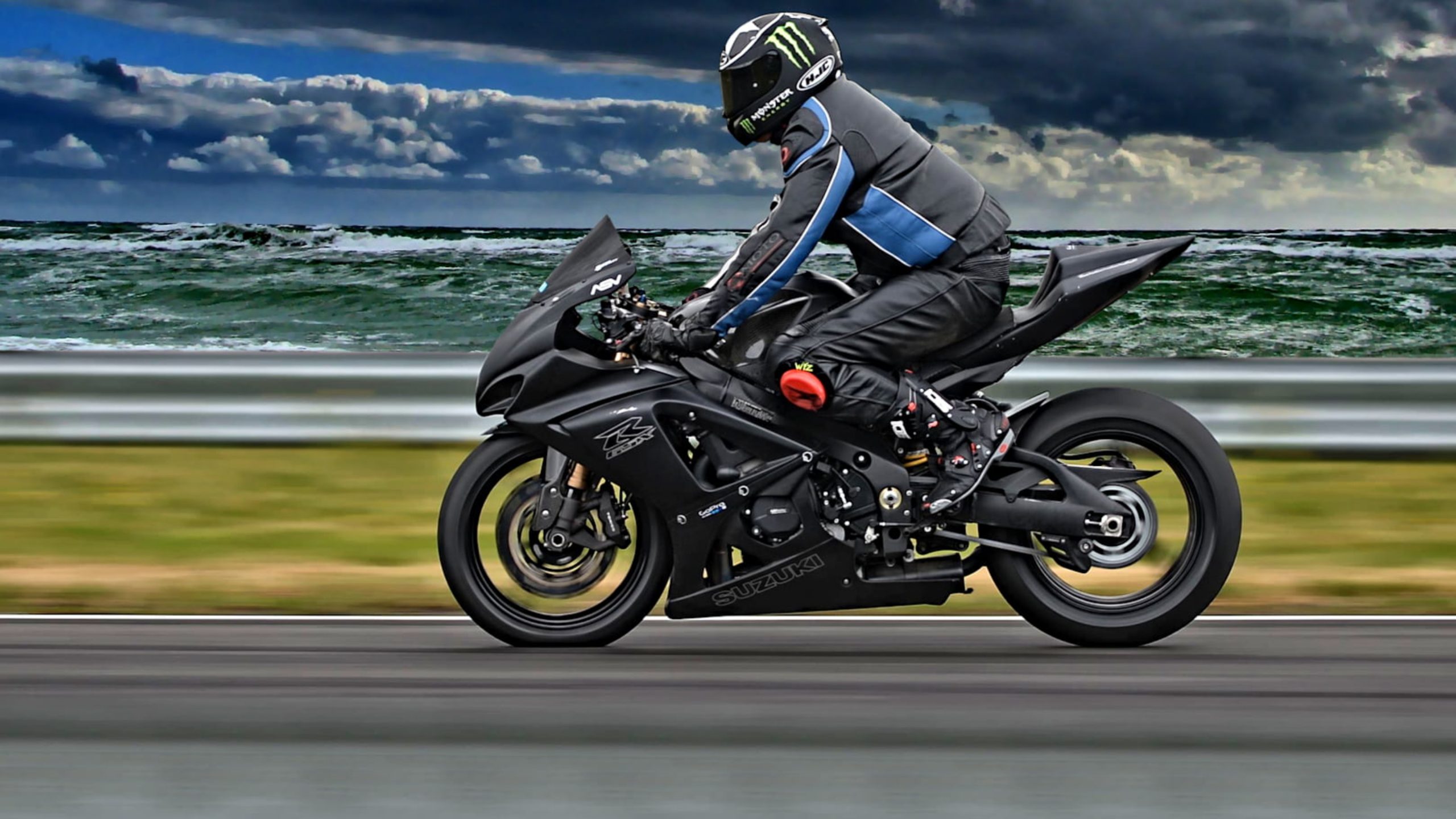
#Suzuki motorbike free
Using the successful Mini Free power plant mounted in a spine-type frame. In May of that year it introduced the "Suzumoped SM", With its indicators, and built-in, four-speedĪs 1958 rolled in, Suzuki Motor Co. With far more powerful engines, despite making only 18bhp from its 250cc Its day, being able to do over 80 mph and capable of out-performing machines The forerunner of the Grand Prix machines.

In 1956, Suzuki technicians were developing a completely newĬompetition machine, known as the TT. Models of the Colleda, made in May 1959, were fitted with electric starters, The forethought of the Suzuki engineers was shown when the last To meet the needs of the market, it was bored out from 90 to 125cc and a great

It came with more sophisticated suspension and lighting. The Colleda COX, a 125cc single-cylinder four-stroke with more modern styling.Īlso introduced was a redesigned version of the popular two-stroke Colleda, March 1955 saw the introduction of Suzuki's largest machine, Kogyo (meaning Suzuki Automotive Industries), to Suzuki Motor Co. In June 1954, the company changed its name from Suzuki Jidosha Of production ensured its future and made it an instant success. Winning a national Japanese race in its first year They were producing 6,000 motorcycles per month Suzuki was moving on toīigger, more powerful motorcycles. Suzuki employees, who had been making looms, were nowīy 1954, Suzuki had made their first "real" motorcycle, the "ColledaĬO". Transmission, and was joined by a more powerful 60cc version called the "Diamondįree." It was simple and easy to maintain, with the engine mounted onto theįront wheel of a bicycle. Nine months later, the "Power Free" got a two-speed Ingenious, the Patent Office granted Suzuki a financial subsidy to continue The rider to pedal with the engine assisting, pedal without engine assist, orĭisconnect the pedals and run with engine power alone. Unprecedented feature which was the double-sprocket gear system, which enabled Outboard motors and many other types of manufacturing.īut it is motorcycles that Suzuki is best known for, and theirĪrrival on the motorcycle market started in June 1952, with a little machine,Ĭalled the "Power Free", a 36cc single-cylinder two-stroke. Motorcycle market, they then have again branched out into cars, vans, trucks, Sixty years ago in Japan making spinning looms.

Ltd., now one of the big four, started over

Designs Peugeot Piaggio Revival Cycles Rickman Roland Sands Royal Enfield Sachs Shaw Speed Sherco Sunbeam Suzuki SWM SYM TM Racing Triumph TVS Ural Velocette Vespa Victory Vilner Vincent VOR Voxan Vyrus Walt Siegl Walz Wrenchmonkees Wunderlich XTR / Radical Yamaha Zero AC Schnitzer Adler AJP AJS Aprilia Ariel Arlen Ness ATK Avinton / Wakan Bajaj Bakker Barigo Benelli Beta Big Bear Big Dog Bimota BMS Choppers BMW Borile Boss Hoss Boxer Brammo BRP Cam-Am BSA Buell / EBR Bultaco Cagiva Campagna CCM CF Moto Combat Motors CR&S Derbi Deus DP Customs Ducati Excelsior GASGAS Ghezzi Brian Gilera GIMA Harley-Davidson Harris Hesketh Hero Highland Honda Horex Husaberg Husqvarna Hyosung Indian Italjet Jawa Junak Kawasaki KTM KYMCO Laverda Lazareth LIFAN Magni Maico Mash Matchless Mission Molot Mondial Moto Guzzi Moto Morini Mr Martini Münch MV Agusta MZ / MuZ NCR Norton NSU OCC Paton Paul Jr.


 0 kommentar(er)
0 kommentar(er)
